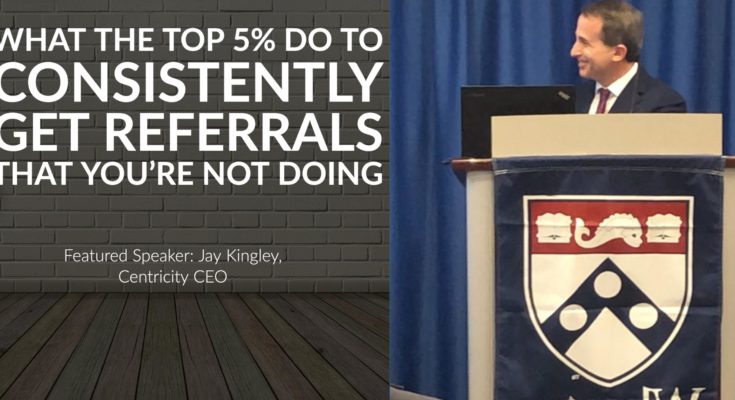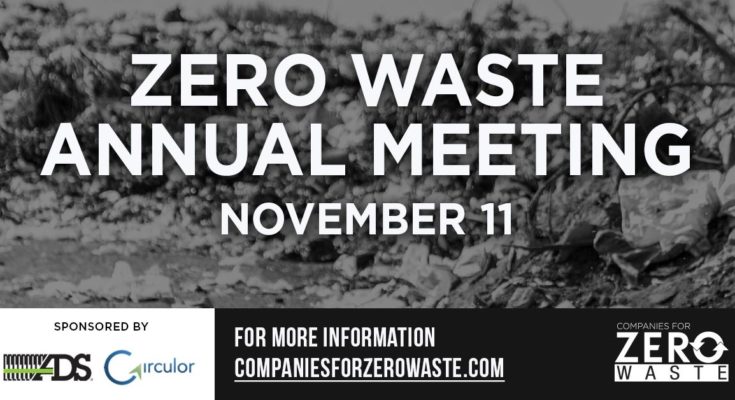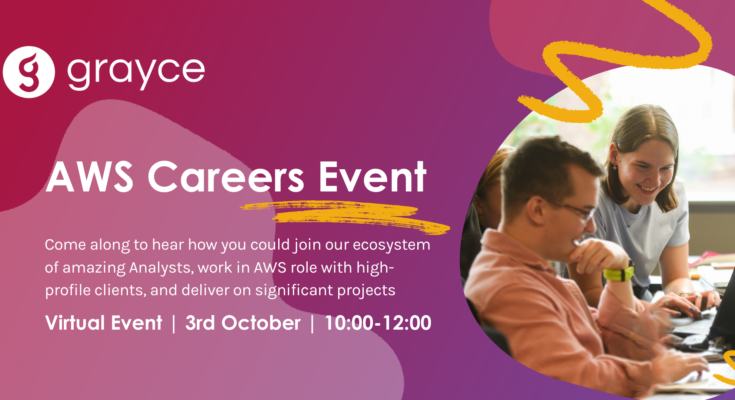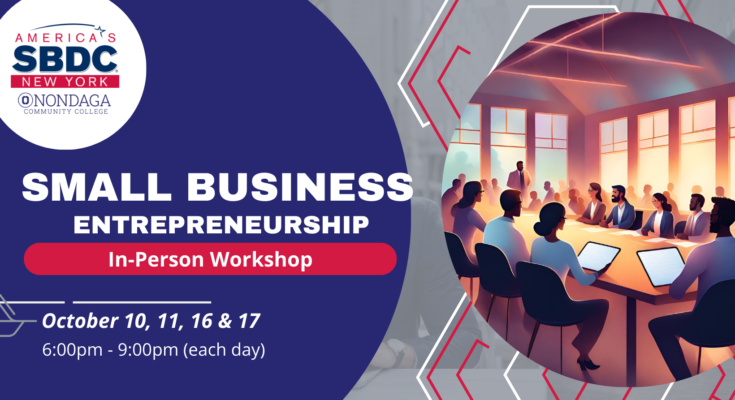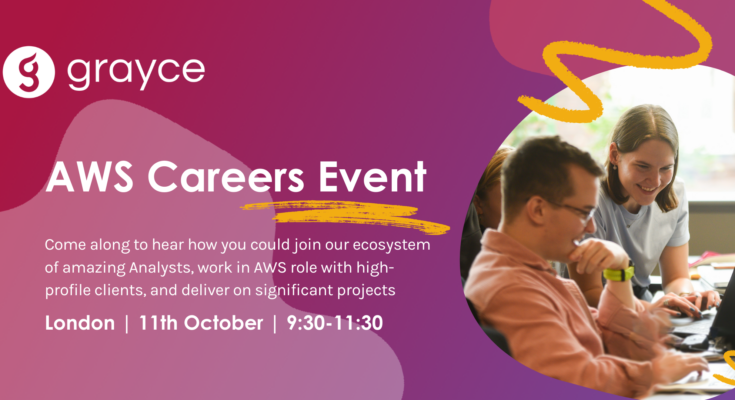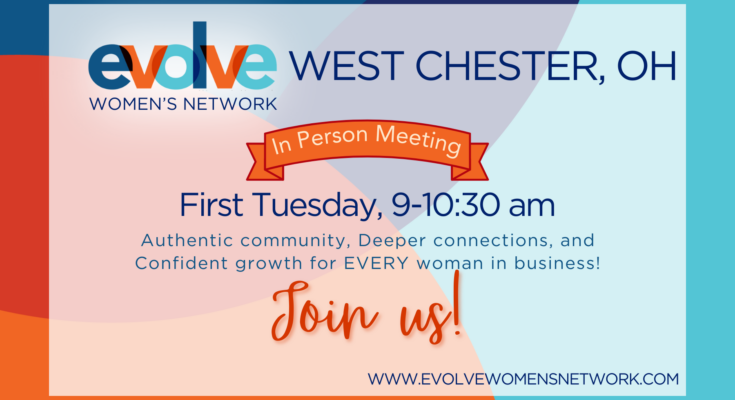We are pleased to present this week Mr Alex Mifsud, Co-founder and CEO at Weavr.io.
The reputation of fintech startup company Weavr.io is traveling all through Europe. The new banking service with aim to “make banking and payments less painful for fellow innovators” gives their users complete control over their banking and payments via API’s (Application Programming Interface).
You as a business can now, amongst many other services with Weavr, provide your own virtual bank cards -and physical bank cards, to your employees and set appropriate limits an preferences to the cards. This service makes it easier for companies to gain necessary oversight on employee’s spending, at the same time as it keeps necessary spending simple and straight forward for the employee’s.
We contacted Mr. Alex Mifsud to ask about the inspiration behind Weavr, what questions to ask yourself before committing to a start up and how they feel about the competition in the digital payments space.
Q1) What inspired you to start Weavr?
A1) I’ve been building digital payments products and solutions for many years, and I’ve been frustrated with the unnecessary complexity and poor productivity practices such as lack of re-use, non-standard ways of describing financial information and money flows, and unnecessarily cumbersome implementation and approval processes. As an engineer I know that a commonly agreed specification language and the introduction of standard parts create huge uplifts in productivity wherever such measures are applied. My co-founder and I (both engineers) created Weavr to apply these established engineering principles to embedded banking and finance.
Q2) The impact of COVID-19 has accelerated the shift in payment preferences, partly because of convenience, and partly because of the advice and emphasis to avoid physical cash where possible.
When do you believe we’ll see cashless transactions being the norm in Europe during COVID/post-COVID pandemic? And which countries do you consider will be leading the way?
A2) To be frank, I’m not convinced cash is something we should completely get rid of – the idea of a bearer instrument that free citizens can use to transact without forever leaving a trail has its uses (and its abuses of course). Perhaps a better agenda is the replacement of physical cash with a digital equivalent. Regardless, Covid has been a step change in the decline of physical cash and the increase in contactless card acceptance (an increase in 40% since 2019) by even small physical retailers in non-urban areas. This trend is playing out everywhere in Europe – for instance, even in Germany, contactless payments over home grown Girocard grew by over 50% in the first 12 months of the pandemic compared to the year before where growth was only just over 10%, while Visa saw an increase of 1 billion contactless transactions across Europe, with 400 million additional transactions attributable to the UK, and 80% of in-store payments are now made in this way. In France and Germany, the number of Visa contactless transactions increased by two thirds and almost half respectively year-on-year. Still, payment instruments – even ones that have been declared obsolete many times such as cheques – take a very long time to die.

Q3) Where do you project your growth and API adaptation coming from? Are you going to be focused on Consumer Payments or B2B -Business Purchasing and Business Payouts?
A3) Weavr’s mission is to enable embedded finance in all its forms – at the simpler end it’s about issuing cards or IBANs that can be incorporated into product and services, but we also see great scope for embedded lending, escrow, insurance, and other financial services. Embedded finance is such a blue ocean opportunity that we prefer to segment more finely rather than just B2B and B2C: we see a vast unfished waters for embedded finance in the rapidly digitizing service sectors such as health, education, real estate, employment, logistics, etc. Presently, we are focusing on, and seeing exciting levels of take up in sectors and themes that have been impacted by Covid in a way that has accelerated change and therefore creates the right conditions for new ways of doing things to flourish – these include Cashless Society (as discussed previously), the Future of Work and also B2B Services that includes B2B SaaS, B2B Marketplaces and B2B Commerce generally.
Q4) What has been your 3 biggest accomplishments since starting Weavr?
A4) As a startup entering a new but potentially enormous market, our biggest challenge is to find early adopters that turn concepts into facts and drive the wheel of testing, learning and improvement. We’re proud that despite all the limitation of our minimum viable platform we have been able to sign up Innovators who are looking to embed banking into our areas of focus including employee benefits, employee training, cashless urban mobility, crypto retail payments and wearables. These companies are mostly run by founders and it’s hugely satisfying to play a part in the realization of their ideas.
The second has to be convincing the initial financial and processing partners to join the Weavr ecosystem. We are grateful to our partners Paynetics, Global Processing Services and Sum&Substance for the support they have given us as we were bootstrapping.
And finally, I must acknowledge the angel and VC investors that, even before Embedded Finance suddenly became this hot space, bought into our vision and invested capital, connections and patience as we iterated the initial versions, a process that I must say is still very much ongoing.
Q5) Could you tell us some crucial questions one should have in mind when generating ideas for a start-up?
A5) Of course it’s always about meeting a need that’s substantial enough and isn’t well catered for or can be catered for better – there’s no point doing it otherwise. What’s essential is to be really critical about whether it is true that the need is not met, or whether it’s possible to do it better. A good question to ask is why your solution, why you and why now? If the need, and therefore the opportunity, is big, surely others will have tried to address it so it’s a good place to start testing whether your idea will fly. Although it’s become fashionable to do MVPs and pivot if necessary, it’s far easier, faster and cheaper to do the analysis up front. That analysis will kill some ideas, but more often than not, it will refine and develop the original idea.
Weavr started as a way to scale and speed up the selling and delivery of payment solutions, but then the developments of the last couple of years in new payment rails, open banking and the proliferation of financial APIs replaced the problems of access with problems of complexity and compliance. This analysis led us to develop solutions that go beyond financial APIs and deliver new approaches to taming complexity and simplifying compliance.

Q6) Since the start of the Covid-19 pandemic many more people around the world have struggled with depressive episodes due to lack of social activities, exercise etc. Have you, since the pandemic started, implemented anything new into your weekly routines that you find exciting?
A6) The pandemic has upended all our established ways of living and it’s certainly hasn’t been any different for me. However, trying to bootstrap a business, secure customers and raise finance without the usual events, face to face meetings and other social dimensions of business has been a sometimes surreal, sometimes frustrating, but overall, an all-consuming experience. I just had no time to miss the old life as I was too busy learning how to function in the new one. In a typical week I would typically walk 70,000 or 80,000 steps just going into work and meeting people, so I’ve tried to keep up an exercise routine each day – not really exciting, but vital I think.
Q7) We’ve seen a lot of growth and adaptation of digital and mobile payments coming from Emerging Markets (e.g. MPESA in Kenya), and China (most notably AliPay).
There seems to be a lot of opportunity for growth in these markets because digital payments solve real socio-economic challenges.
How is Weavr planning to compete in the Emerging Markets, knowing there are clear dominant players with deep pockets present?
A7) Weavr’s main intellectual property consists of protocols and a technology stack that makes it easy for Innovators to embed financial services in their applications, and safe for financial institutions to provide embeddable forms of their financial services. This is relevant both to more developed banking and financial markets as it is to emerging ones. One of my ambitions for Weavr is to make our technology stack readily available to Innovators and Financial Institutions in emerging markets – one way to do this is for us to allow third-party financial institutions to openly connect to Weavr and publish embeddable versions of their services to local innovators. Although our tech can support this today, we’re not yet promoting this option right now simply because we don’t have the bandwidth to provide the right levels of support yet. However, watch this space.
Q8) There is ever-increasing competition in the digital payments space, with several companies in seed and series funding rounds, and even post-IPO – most notably Paypal. The anticipated listing of Ant Group this year – is projected to be the largest IPO of all time is valued to be worth approximately $37 Billion.
How can digital payments companies like Weavr continue to carve out a niche for themselves considering such noteworthy competition?
A8) There is plenty of white space for innovative digital payments businesses to play in. Right now there’s a surge of buy now pay later startups, for instance. Even digital companies like Paypal and Ant Financial cannot do it all, and as they get larger they inevitably get more corporate and risk averse. In banking and payments, innovation comes with unusually high levels of risk, especially the kind of radical innovation that made Paypal and Ant Financial hugely successful in the first place. This is a great trigger for startups in financial services to disrupt yesterday’s disrupters.
Q9) You’ve already gained a noteworthy reputation in Europe, congratulations on this! Are you taking on US too? Where do you imagine Weavr in 5 years?
A9) Our technology allows us to quickly create an operating footprint in almost any market and indeed we toyed with the idea of launching in the US last year and even reached agreement with financial providers to enable us to do so. Instead we decided to double down on our presence in Europe before we go further afield. That won’t stop us for long however, and certainly within 5 years, we plan to create a virtual global embedded banking footprint – certainly covering the key markets in every continent.
Q10) Our final question: among the people you know, who’s interview would you want to read next and why?
A10) I’d love to read an interview with Prajit Nanu, CEO of Nium, on how he sees the Banking-as-a-Service landscape unfolding, especially in the wake of emerging global competitors, not least Stripe’s entry into the space with Stripe Issuing and Stripe Treasury.
Thank you Alex for your time answering all of our questions!
According to Review 42’s article on remote work stats in 2021, 55% of businesses globally now offer some capacity for remote work. The current global situation has businesses moving fully online, opening up the possibility of more remote and online based jobs. I look forward to put Weavr on my watch-list and follow their growth through this very transformative period in the business & tech world.
Maja Säholm Westling
Editor
FinancEvents
Recommended for you, How To Effectively Manage Your Digital Media Assets





